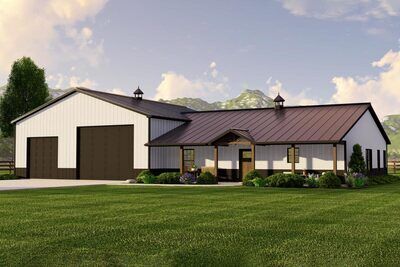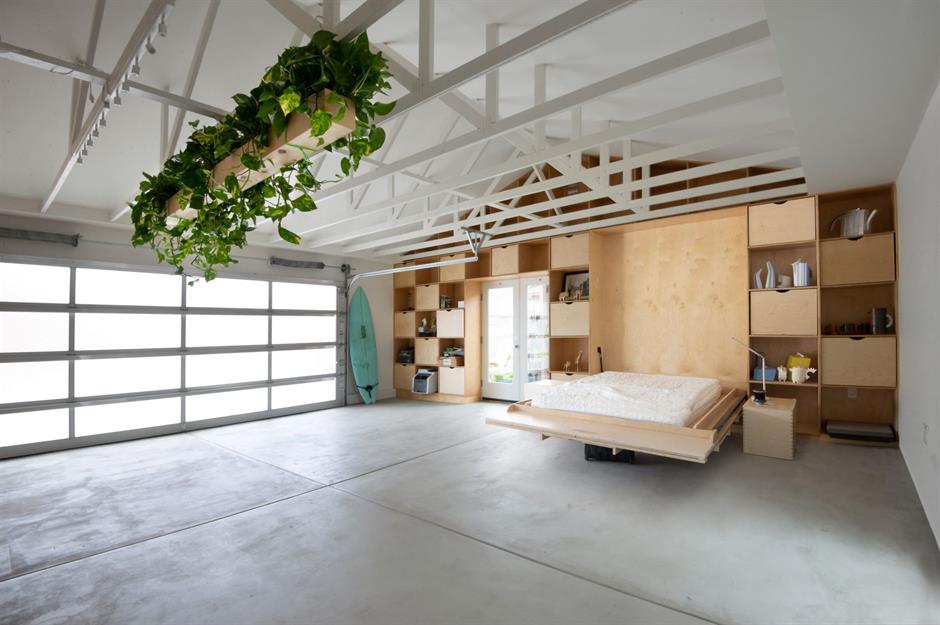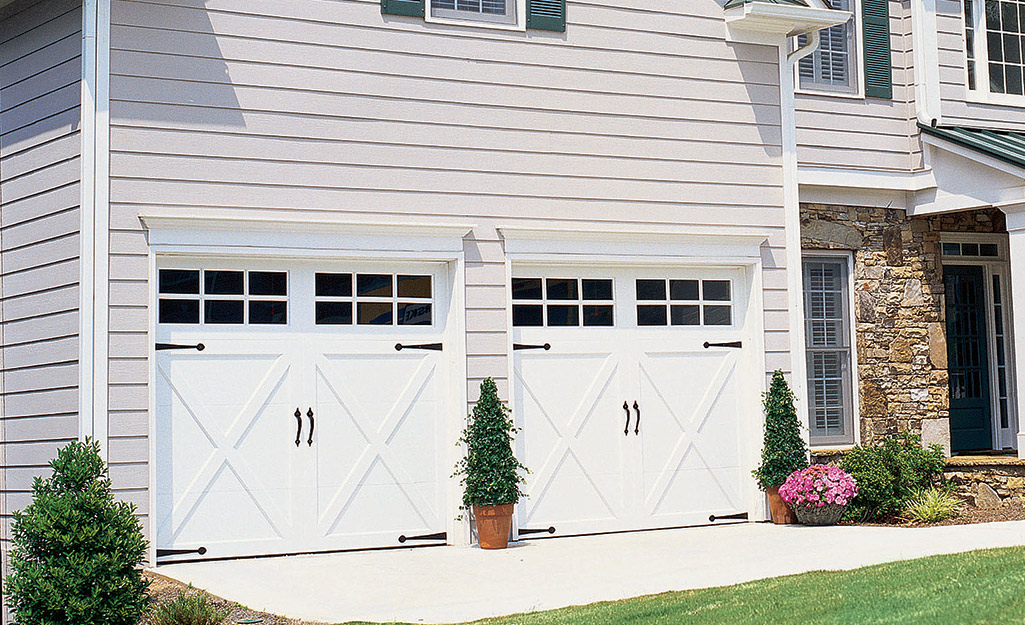
A garage conversion is a great option if you are looking to add an extra room to your home. This is a great way of adding living space to your home without the need for you to live in a room without windows. You can convert it into a lounge, kitchen or home cinema. You should think carefully before you make your garage into something useful.
The first thing to keep in mind is that a garage is a built-in living space, so you need to plan accordingly. You will need an HVAC system if you want to turn it into a home theatre. The laundry room should be included in your plans.
Depending on the size of your garage, you may be able to add a wet room and a laundry area. These rooms are great for doing laundry and are easy to reach. The best part is that you can use your bathroom whenever you need it.

A home bar is another great use of a garage. This room is perfect for socializing. All you need are a couple chairs and a sound system.
A garage can also be used for an exercise room. A fitness enthusiast might even be able to find a way to transform it into a wet room. Garage design software can be used to help you plan how best to use the space.
For a full-on garage-to-living-room transformation, expect to spend anywhere from $45,000 to $75,000. Your exact cost will depend upon the type and extent of your conversion. The majority of states require that a permit be obtained before construction can commence. You'll need to have a clear understanding of what you want.
While a garage conversion isn't the cheapest way to make a home improvements, it is a great way to increase your home's value. It is possible to create your ideal living space as long as you work with a trusted contractor and are realistic about your budget.

In addition to its obvious benefits, a garage-to-living-room conversion is one of the cheapest ways to get more square footage in your home. The garage is a great option for expanding your family, or simply creating a better home. It is actually possible to convert your garage into an apartment.
The most important part of a garage-to-living-room transformation is making sure your new space is functional and aesthetically pleasing. A well-kept garage can make your home more pleasant, whether it is a kitchen-diner or a bar area, a bedroom or a cinema room. You have the opportunity to transform your garage into your private sanctuary.
While a garage-to-living-room remodel isn't for everyone, there are plenty of cases where it makes a lot of sense.
FAQ
What is included in a full kitchen remodel?
A kitchen remodel includes more than a new faucet and sink. There are cabinets, countertops as well, lighting fixtures and flooring.
Homeowners can remodel their kitchens completely without needing to do major work. This allows the homeowner to update their kitchens without having to demolish any existing structures, making it easier for the contractor as well.
Many services are required for kitchen renovations, such as electrical, plumbing and HVAC. Depending on how extensive your kitchen renovation is, you may need multiple contractors.
It is best to work with professionals who have experience in kitchen remodeling. Small issues can lead to delays when there are many moving parts involved in a kitchen remodel. DIY is a good option, but make sure to plan ahead and have a back-up plan in case something goes wrong.
Is $30000 sufficient for a kitchen remodeling project?
Depending on your budget, a kitchen renovation could cost you anywhere from $15000 to $35000. You can expect to spend more than $20,000. If you are looking for a complete overhaul of your kitchen, it will cost more. A complete kitchen remodel will cost more than $20,000. However, updating appliances, replacing countertops, or adding lighting can be done for under $3000.
The average price for a full-scale renovation is usually between $12,000-$25,000. However, there are ways to save without sacrificing quality. You can replace an existing sink with a new one for around $1000. Or you can buy used appliances for half the price of new ones.
Kitchen renovations take longer than other types of projects, so plan accordingly. It is not a good idea to begin work in your kitchen and realize that you will run out of time.
Start early. Begin by looking at all options and getting estimates from multiple contractors. Then narrow down your choices based on price, quality, and availability.
Once you've found a few potential contractors, ask for estimates and compare prices. Not always the best choice is the lowest-priced bid. It's important to find someone with similar work experience who will provide a detailed estimate.
When calculating the final cost, remember to add all extras. These may include labor or material charges, permits and so forth. Be realistic about the amount you can afford, and stick to your budget.
Don't be afraid to tell the contractor what you think about any of the quotes. Tell the contractor why you don't like the initial quote and offer another chance. Don't let pride stand in the way of saving money.
What are the top expenses associated with remodeling a Kitchen?
Planning a kitchen renovation can be costly. These include demolition, design fees, permits, materials, contractors, etc. These costs seem small when you look at them individually. They quickly grow when added together.
Demolition is likely to be the most expensive. This includes the removal of old cabinets, countertops, flooring, and appliances. The drywall and insulation must then be removed. You must then replace these items with new ones.
Next, you must hire an architect to draw out plans for the space. Next, you must pay for permits to ensure the project meets building codes. Next, you will need to hire someone to actually build the project.
Finally, after the job is completed, you must pay the contractor. You could spend anywhere from $20,000 to $50,000, depending on how large the job is. That's why it is important to get estimates from multiple contractors before hiring one.
You can sometimes avoid these costs if you plan. You may be able to negotiate better deals on materials or even skip some of the work. Knowing what is required will allow you to save both time and money.
Many people attempt to install cabinets themselves. People believe that this will save them money since they won't have to hire professionals for installation. Problem is, they often spend more time trying to place the cabinets themselves. A professional will usually finish a job in half as much time as you would.
Another way to save money is to buy unfinished materials. Before purchasing pre-finished materials like cabinets, you must wait until all the pieces are assembled. By buying unfinished materials, you can start using them right away. You can always make a change if things don't go as you planned.
Sometimes, though, it doesn't make sense to go through all of this. You can save money by planning your home improvement project.
Are there any savings on a remodel of a bathroom or kitchen.
Remodeling your bathroom or kitchen is expensive. It is worth considering the amount of money you spend on your energy bills each monthly.
Small upgrades can help you save thousands of dollars per year. A few small changes, such adding insulation to walls or ceilings, can cut down on heating and cooling costs. Even a modest addition can improve comfort and increase resale value.
It is essential to remember that renovations should be done with durable, easy-to-maintain materials. The durability and ease of maintenance that porcelain tile and stainless steel appliances offer over vinyl and laminate countertops is why solid wood flooring and porcelain tile are so much better.
Altering old fixtures can also help reduce utility bills. Installing low-flow faucets or showerheads can cut water use by up to 50%. By replacing inefficient lighting with compact fluorescent lamps, you can reduce electricity consumption up to 75%.
In what order should you renovate a house?
First, the roof. Second, the plumbing. The third is the electrical wiring. Fourth, the walls. Fifth, the floors. Sixth, windows. Seventh, the door. Eighth, is the kitchen. Ninth, the bathroom. Tenth, the garage.
After you have completed all of these tasks, you will be ready to go to the attic.
You might consider hiring someone who is skilled in renovating your house. It takes patience, time, and effort to renovate your own home. And it will take money too. Don't be discouraged if you don’t feel up to the task.
Renovations aren't cheap, but they can save you tons of money in the long run. You will enjoy a more peaceful life if you have a beautiful house.
How long does it usually take to remodel your bathroom?
A bathroom remodel typically takes around two weeks. This can vary depending on how large the job is. Some jobs, such installing a vanity and adding a shower stall, can take only a couple of days. Larger projects like removing walls and installing tile floors or plumbing fixtures can take many days.
It is a good rule to allow for three days per room. You would need 12 days to complete four bathrooms.
Statistics
- 55%Universal average cost: $38,813Additional home value: $22,475Return on investment: 58%Mid-range average cost: $24,424Additional home value: $14,671Return on investment: (rocketmortgage.com)
- 57%Low-end average cost: $26,214Additional home value: $18,927Return on investment: (rocketmortgage.com)
- Following the effects of COVID-19, homeowners spent 48% less on their renovation costs than before the pandemic 1 2 (rocketmortgage.com)
- Attic or basement 10 – 15% (rocketmortgage.com)
- About 33 percent of people report renovating their primary bedroom to increase livability and overall function. (rocketmortgage.com)
External Links
How To
How to Install Porch Flooring
Although installing porch flooring can be done easily, it is not without some planning. Installing porch flooring is easiest if you lay a concrete slab first. A plywood deck board can be used in place of a concrete slab if you do have limited access. This allows you install the porch flooring easily without needing to make a large investment in a concrete slab.
When installing porch flooring, the first step is to secure the plywood subfloor. First measure the porch's width. Then cut two strips from wood that are equal in width. These strips should be attached to the porch from both ends. Next, nail them into place and attach them to the walls.
You must prepare the area in which you plan to place the porch flooring after you secure the subfloor. This is usually done by cutting the top layers of the floorboards down to the appropriate size. Finish the porch flooring by applying a finish. A polyurethane is a common finish. A stain can be applied to porch flooring. You can stain your porch flooring more easily than applying a clear coating. All you need to do is sand the stained area after applying the final coat.
Once you have completed these tasks, you can finally install the porch flooring. Measure and mark the location for the porch flooring. Next, cut the porch flooring to size. Finally, put the porch flooring in its place and nail it.
If you need to give your porch more stability, porch stairs can be installed. Porch stairs, like porch flooring are usually made of hardwood. Some people prefer to have their porch stairs installed before their porch flooring.
Now it's time to finish your porch flooring project. You first have to take out the old porch flooring and put in a new one. Next, remove any debris. Remember to take care of the dust and dirt around your home.